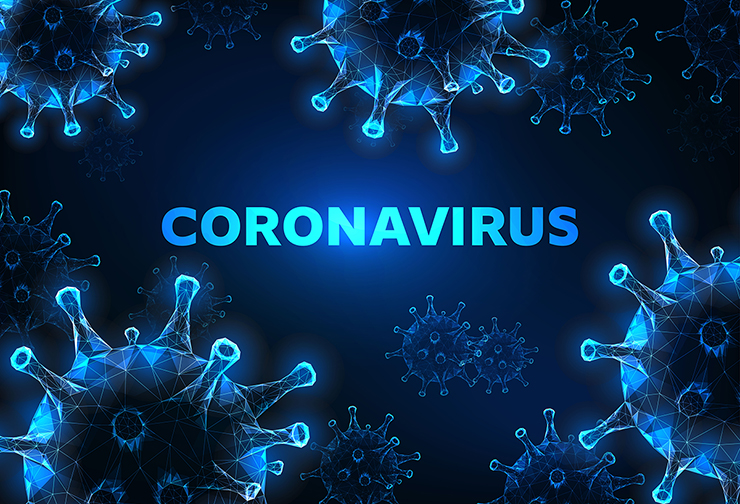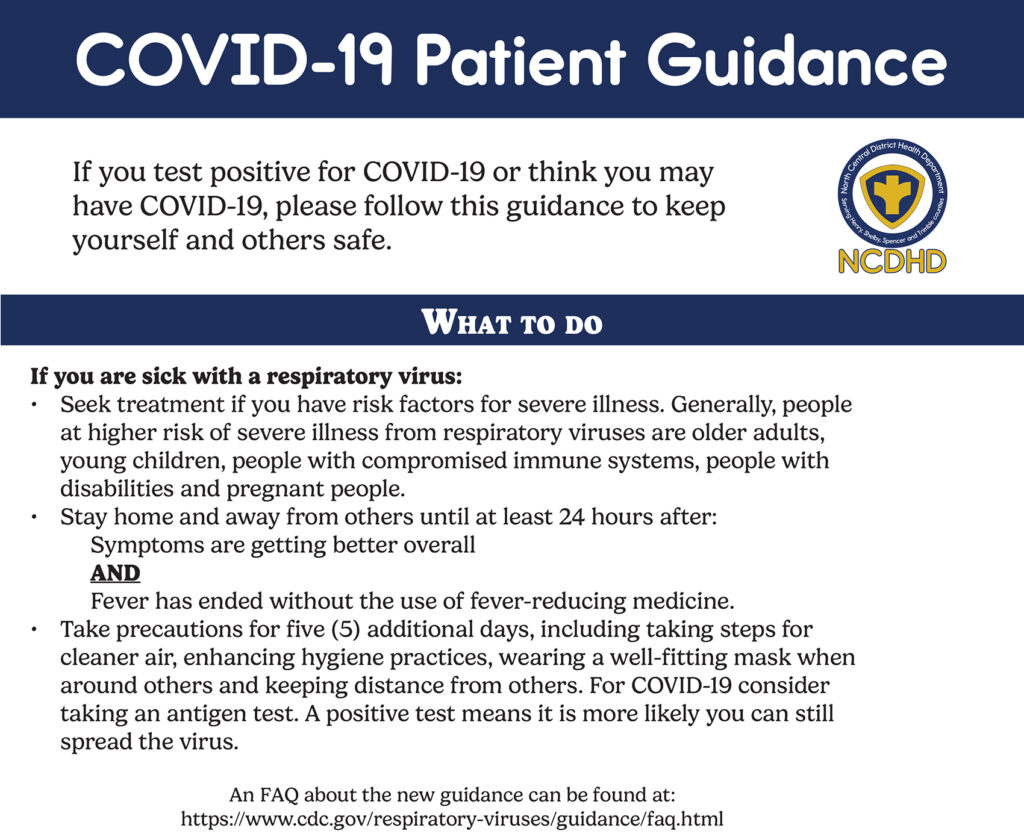502-633-1243

The guidance for shortened isolation or quarantine is intended for the general population and should not apply to high risk/congregate setting or healthcare workers. Please select one of the following links for specific guidance in these settings. Otherwise, please follow the General Population guidance below.
For more information, visit the state’s new Respiratory Viruses site that offers information on COVID-19, Flu and RSV at https://www.chfs.ky.gov/agencies/dph/Pages/RespiratoryDiseases.aspx
